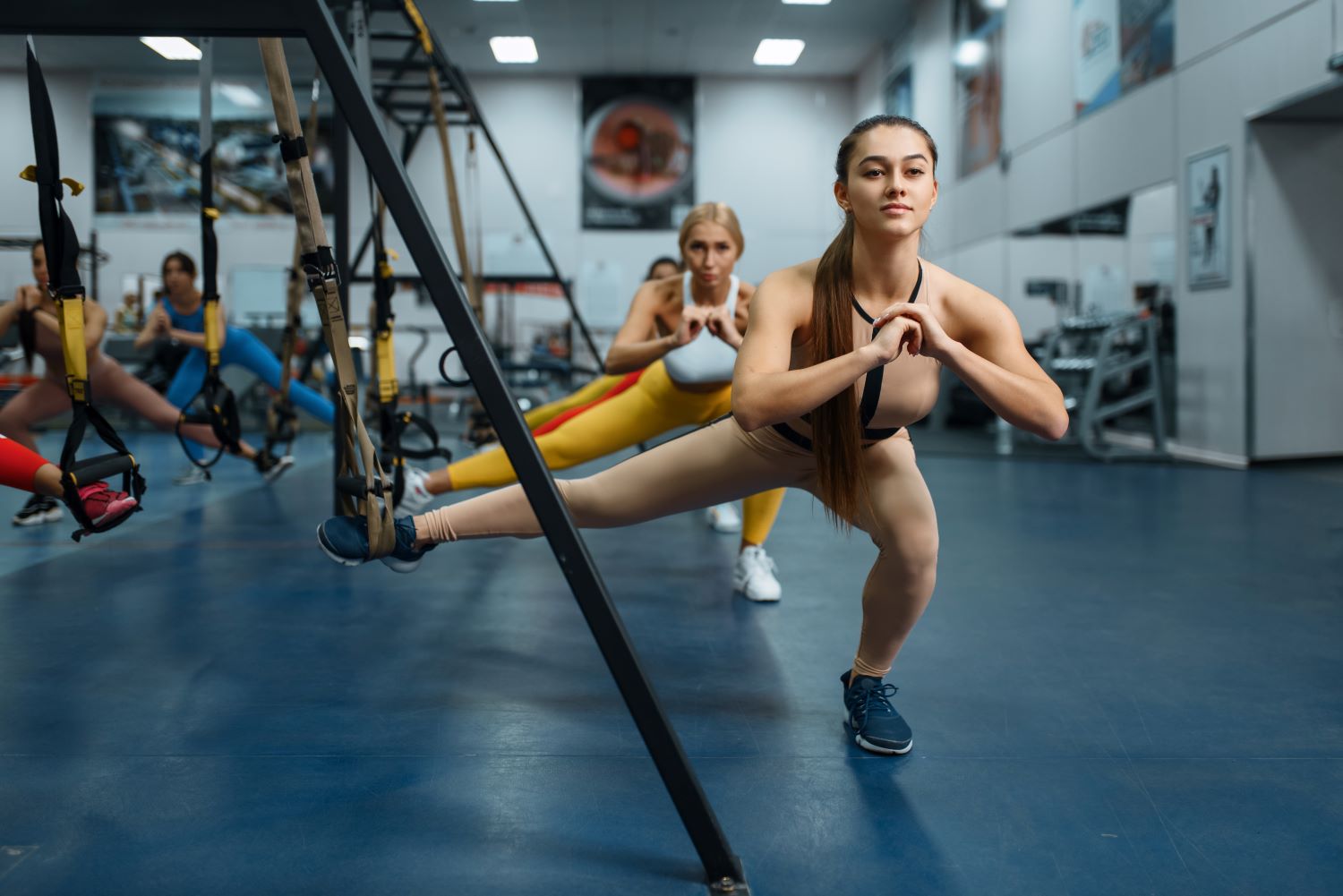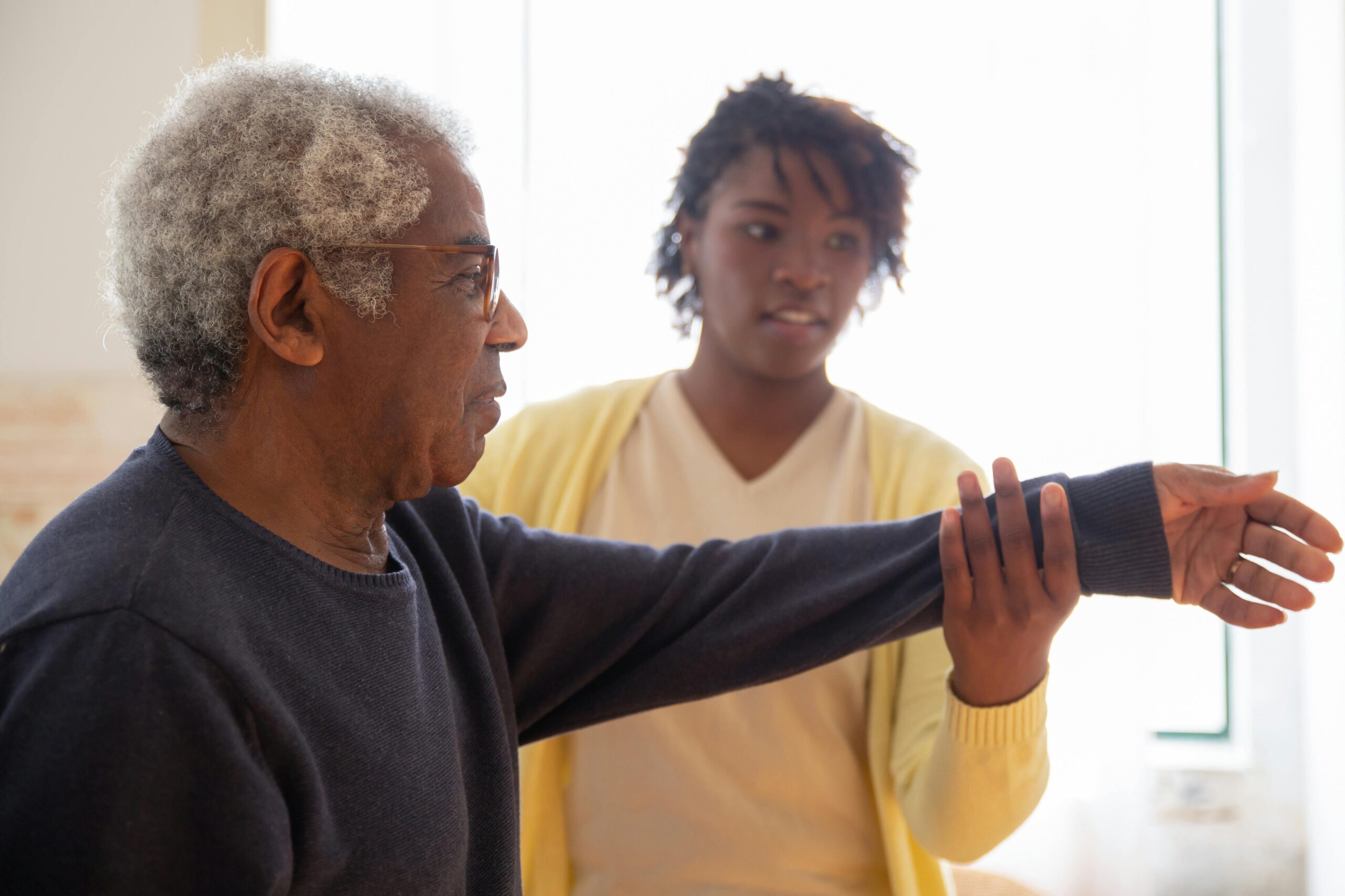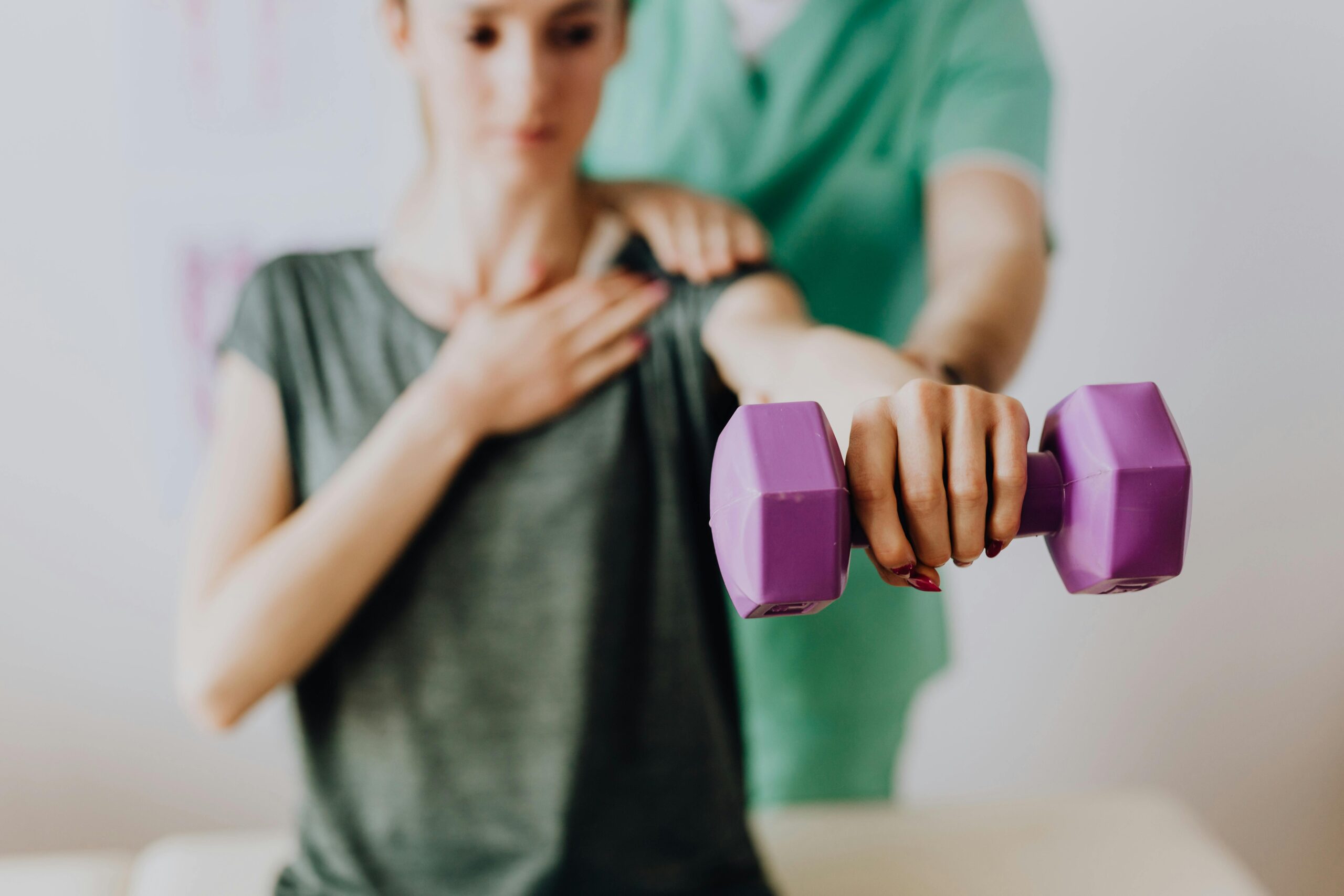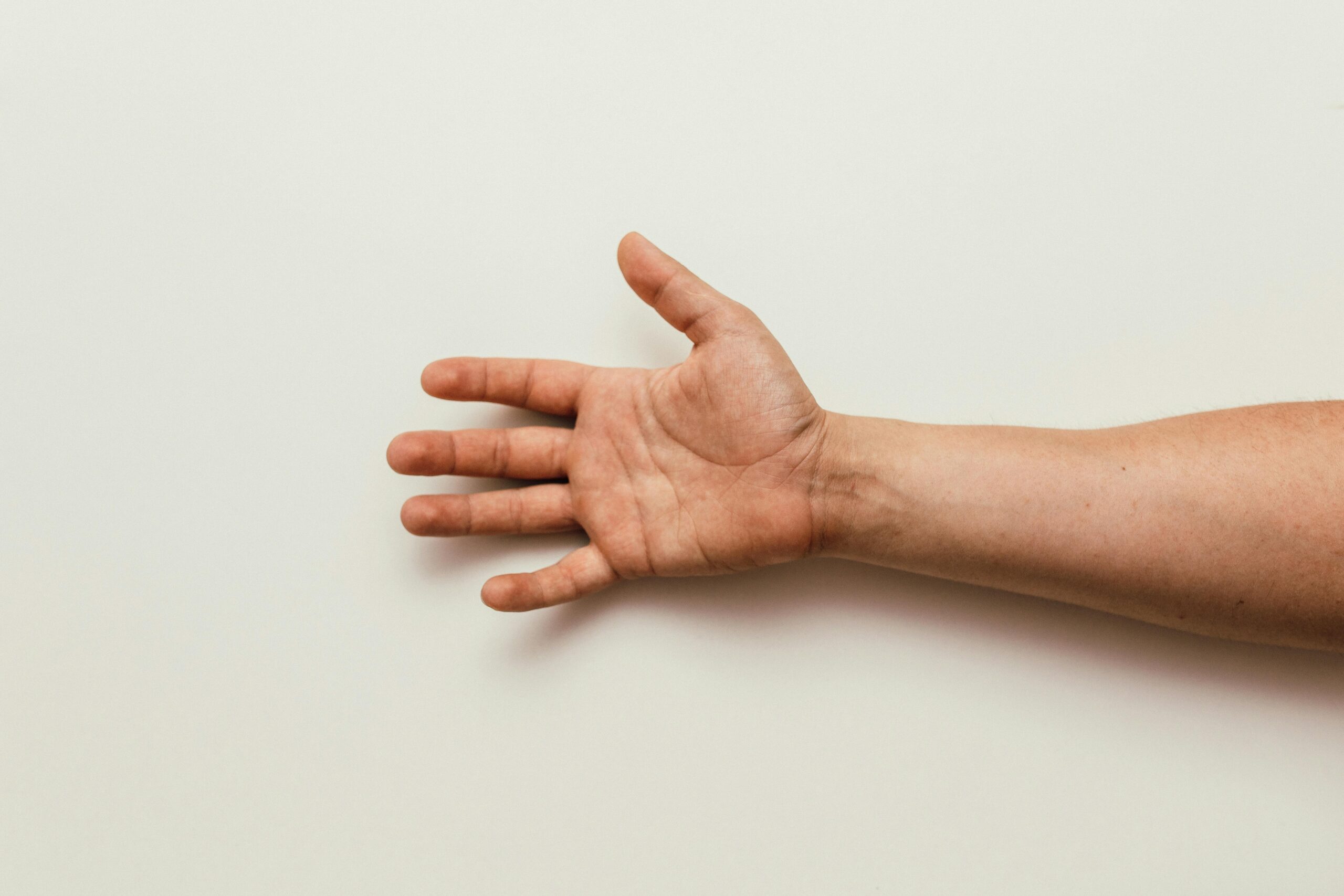How to Improve Strength and Flexibility?

Our body muscles lose their strength with time. There comes a point in life where you realize that you are not able to move certain parts of your body as normally as you could at a younger age. Bending knees to pick up something from the floor, for instance, can seem a challenging task after a certain age due to weak back muscles. According to Brampton physiotherapists, it is possible to maintain optimal strength with the right exercises and lifestyle tips. This blog shares a comprehensive guide on how to improve strength and flexibility as we age.
A Guide on How to Improve Strength and Flexibility
Exercises form an integral part of strength training and flexibility programs. It helps you stay active, slows down the rate of muscle and bone mass and prevents falls. Regular sessions can improve your posture and quality of sleep.
Strength Exercises
Strength exercises make your muscles work harder than usual. You may have to use different weights or work against resistance during the process. It improves the endurance, power, size and strength of your muscles.
Examples of strength exercises
Sit-to-stand
How to do it?
- Sit with your back straight on the edge of your chair. It is better to use a chair with no arms.
- Lean forward slightly.
- Now stand up slowly looking forward.
- Use your legs only in the entire process.
- Once you have stood straight, use your arms to sit down slowly.
- Repeat 5 times.
It is the easiest strength exercise anyone can try. You should focus on standing up and sitting down slowly to reap the benefits of this exercise.
Bodyweight squat
How to do it?
- Stand straight with your hands on the back of your head.
- Keep your feet apart.
- Lower your body such that your thighs are parallel to the floor
- Hold the position for a few seconds.
- Return to the starting position.
- Repeat 5 times.
This exercise works your legs and glutes. Remember, it shouldn’t be hard on your knees. You must stop if it feels so.
Glute Bridge
How to do it?
- Lie on your back.
- Bend your knees with your feet flat on the floor.
- Hold a dumbbell in each hand and rest them under your hip bones.
- Lift your hips off the floor such your body forms a single line, from shoulders to the knees.
- Contract your abs and glutes while doing so.
- Hold the position for a few seconds.
- Return to the starting position slowly.
- Repeat 5 times.
It targets the glutes while working on core muscles and hamstrings at the same time. Is it your first time? Then you can skip the dumbbells and use your body weight only.
Flexibility Exercises
Flexibility exercises help you stay mobile without limitations. Whether you have tight hamstrings or stiff hips, the exercises can help loosen the affected muscles and help you move better. Some of the most common flexibility exercises are mentioned below.
Neck Rotation
How to do it?
- Sit with your back straight and shoulders down.
- Turn your head slowly to your left as much as you can.
- Hold the position for 5 seconds.
- Return to the starting position.
- Repeat thrice on each side.
It improves the mobility and flexibility of your neck.
Calf Stretch
How to do it?
- Stand straight in front of a wall.
- Keep an arm’s distance from the wall.
- Put the right foot in front and bend the knee slightly.
- Keep the left leg straight.
- Keep your arms on the wall and lean forward.
- You will feel a stretch of the back leg’s calf muscle.
- Keep the feet flat.
- Hold the position for 30 seconds on each side.
It improves the strength and mobility of the calf muscles. You stay strong and can prevent injuries.
Sideways Bend
How to do it?
- Stand with your back straight and arms by your sides.
- Slide down your right arm by your side as far as you can.
- You will feel a stretch on the opposite hip.
- Hold the position for 2 seconds.
- Repeat with the left arm.
It improves the strength and flexibility of the muscles surrounding your back and waist. If done correctly, it makes movements easier and pain-free.
How Can Physical Therapists Help?
Our body works in odd ways. An injury to one part of the body can cause rigidity or pain in another part of the body. A physical therapist examines the entire musculoskeletal system to detect the exact location of injuries and recommend the best exercises. They guide you through the right techniques of exercising so you don’t end up hurting yourself. You should consult with a professional before proceeding with the exercises.
Blog Categories
- Acupuncture Treatment (10)
- Ankle Sprain (1)
- Arthritis Treatment (1)
- Back Pain (23)
- Chiropractic Care (38)
- Tennis Elbow (1)
- Chronic Pain (5)
- COVID-19 (1)
- Custom Orthotics (6)
- Dizziness (4)
- Exercises (13)
- Foot Orthotics (6)
- Hamstring Stretches (2)
- Info Articles (3)
- Kids Injury (1)
- Laser Therapy (4)
- Massage Therapy (21)
- Neck Pain (16)
- Orthopedic (1)
- Osteoarthritis (5)
- Osteopathy (3)
- Pain Management (18)
- Physiotherapy Benefits (44)
- Physiotherapy Clinic (6)
- Physiotherapy Exercises (12)
- Physiotherapy Tips (25)
- Physiotherapy Treatment (100)
- Rotator Cuff (2)
- Shin Splints (1)
- Shoulder (2)
- Spine (4)
- Sports Physiotherapy (2)
- Uncategorized (1)
- Vestibular Physiotherapy (2)
- Work From Home (2)


